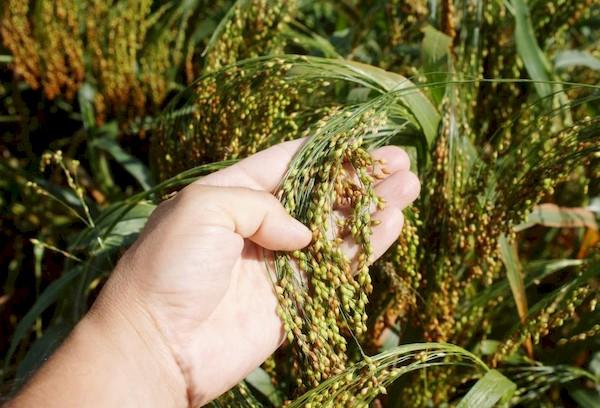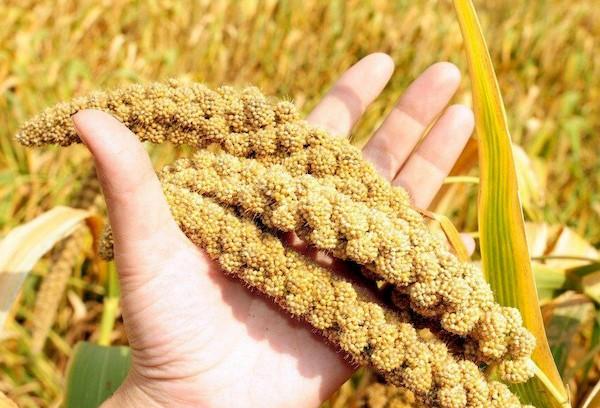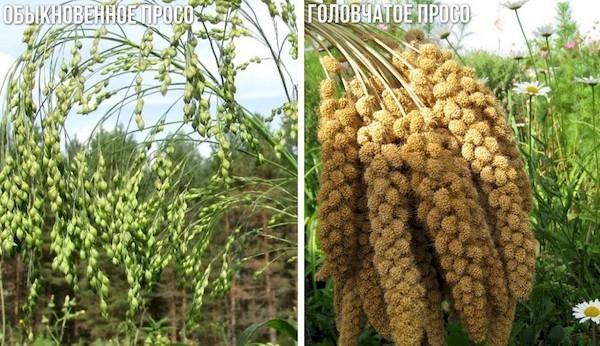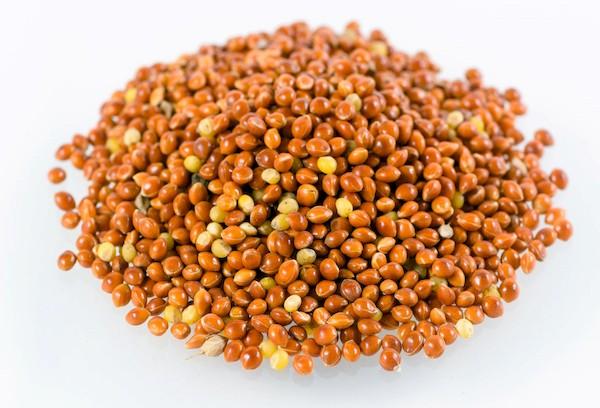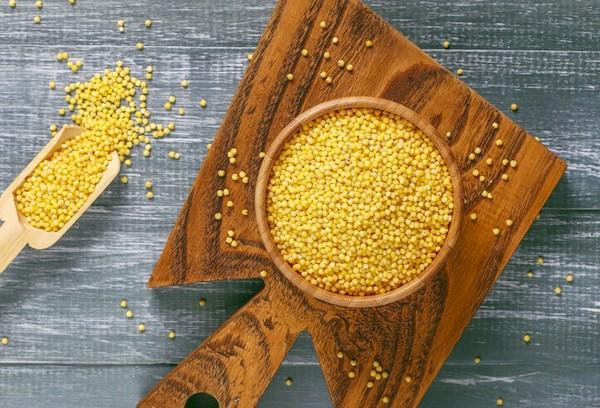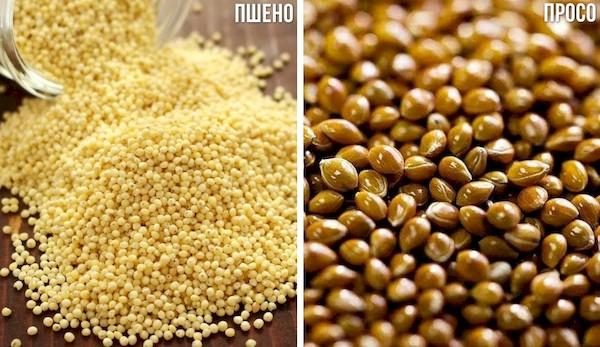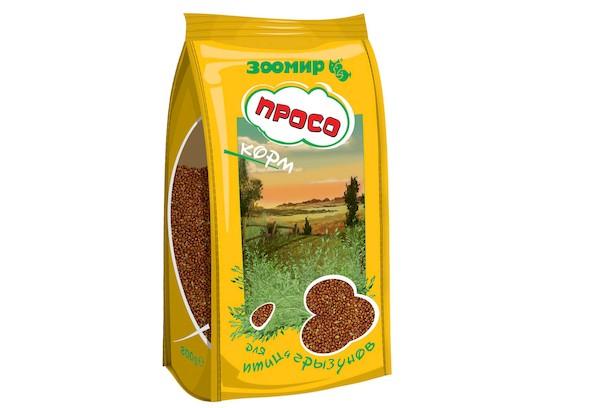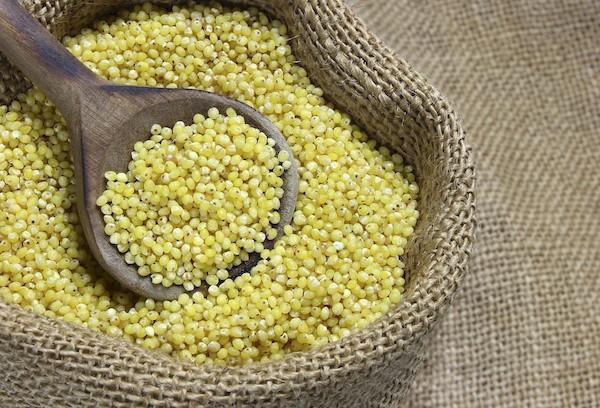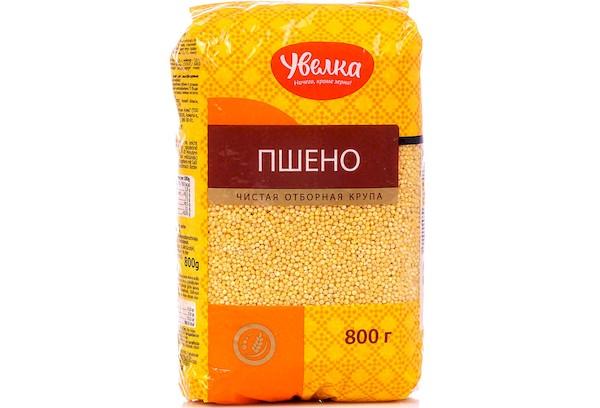Millet - what kind of cereal is it, how does it differ from millet and wheat?
Content:
It is useful for anyone who wants to eat healthy and varied to understand the types of cereals. Millet is on the agenda today. “What kind of cereal is this?” – many will ask. Millet is not a cereal, but a grain crop. Millet is obtained from the grains of the plant, and millet porridge, or millet in common parlance, is cooked from millet.
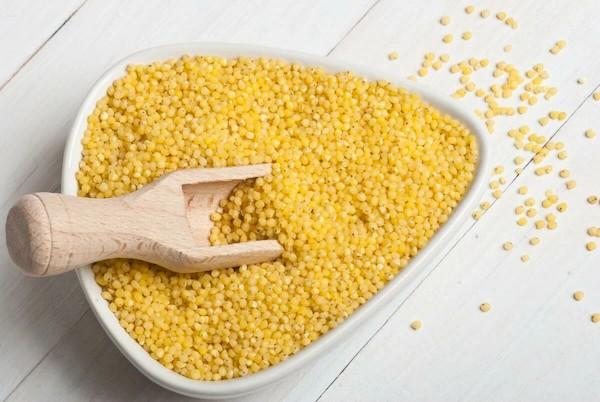
What is millet made from?
In the old days, millet was the name given to millet groats, cereal seedlings, and also a field sown with plants. They said: “cook millet”, “go to millet”, “millet is bushing”. Today the word is almost never used to refer to a culinary product. Millet is commonly referred to as animal feed.
On packs of cereals they write “millet”, and on food for rodents and birds – “millet”.
This is not the same thing, although it is made from the plant of the same name. Tall millet, bush-like, with cylindrical stems and paniculate inflorescences, 1-1.5 m high. Photo:
Millet is a large genus of herbaceous plants in the grass family. There are 442 generally accepted species, and 3,300 names are listed in the literature. Millet fruit is a free grain. It is very small, oval or round in shape.
Depending on the variety, millet grains come in different colors: yellow, white, brown and red.Here's what they look like in the photo:
To obtain millet, the grains are cleaned and processed in different ways. Photo of cereal:
For reference. Millet is an ancient grain characterized by heat and drought resistance. It has been cultivated since 3 thousand BC. Places of growth: India, Iran, China, Europe, North Africa, Mongolia.
What is contained in 100 grams of millet?
Carotenoids give the cereal its yellow color. 100 g of millet (millet) contains:
- carbohydrates – 56-66.5 g;
- vegetable protein – 11.2-11.5 g;
- fats – 3.3-3.9 g;
- dietary fiber – 3.5-3.6 g.
The energy value (calorie content) of cereal is 298-348 kcal. The composition contains Omega-6 and Omega-9 fatty acids, vitamins B1, B2, B5, B6, B9, PP, E, minerals phosphorus, potassium, silicon, calcium, manganese, selenium, zinc, iron, fluorine, magnesium. Contents per 100 g of product:
- magnesium – up to 128 mg (32% of the daily value);
- phosphorus – up to 232 mg (29%);
- silicon – up to 76 mg (251%);
- B1 – 0.42 mg (28%);
- B6 – 0.52 mg (26%);
- RR – 4.6 mg (23%);
- Omega-6 – up to 1.83 g (38% of the daily value).
This cereal does not contain gluten. This means that it can be consumed on a gluten-free diet and by people with celiac disease.
What is millet (millet) used for?
In order to better understand what kind of product this is, let’s see what is made from millet:
- millet groats;
- millet (millet) flour;
- millet flakes;
- grain mixtures for birds and rodents.
Straw, husks and muchel are also used as feed for livestock. Millet is fed to pigs and cattle, and it is given to horses in small quantities instead of oats. Malt and alcohol for alcoholic drinks (buza and others) are also produced from cereals.
The most common “grandmother’s” brooms are made from the millet plant. Millet cereals in sprouted form are eaten by raw foodists.It can also be planted on a windowsill to obtain vitamin-rich microgreens.
What is the difference between millet and millet?
Millet is sold in pet stores, and millet is sold in grocery stores on the cereal aisle. How is it different from millet:
- Millet is a widely used type of food for all ornamental granivorous rodents and birds. Serves as the basis for many nutritious grain mixtures. The share in the diet of birds is 60-70%. Sometimes it is germinated for pets until a white sprout appears.
- There are wild varieties of millet. Many varieties are not suitable for human consumption.
- Millet is processed millet grain.
- Millet grains are larger, shiny, covered with a shell of white, yellow, red color.
- Millet is most often yellow in various shades: from almost white to sunny yellow and gold. The grain is matte, the grains are small.
Difference in photo:
Millet is the favorite grain of sparrows and goldfinches.
Kinds
To obtain cereals in Russia, they mainly use grains of common millet (seed millet), and in tropical countries, India, Sri Lanka - small millet (blue millet). Cereals are made in various ways.
Accordingly, several types of millet are distinguished:
- Dranets. This means that millet is produced using traditional technology: completely freed from flower membranes, and only partially freed from fruit and seed membranes, as well as the embryo and aleurone layer.
- Polished millet. This is what we most often see on store shelves. In addition to peeling the shells, the aleurone layer and germ containing dark fat are completely removed from the millet by grinding. The grain becomes brighter, matte, and a notch appears in the place where the embryo was located.
- Crushed millet. Crushed wood is used primarily for feed purposes.It is a by-product of grain husking and grinding. Porridge made from crushed millet is viscous. The product is also used to make flour.
- Millet flour. Popular mainly in the East. Serves for preparing national flatbreads, drinks, bread.
- Millet flakes. Made from whole grains. The millet undergoes heat treatment and is flattened. The finished product does not require cooking. Pour boiling water over the flakes and let it brew for 5 minutes under the lid. The consistency is the same as oatmeal, but the flakes have a millet-like taste.
People do not eat millet grains because the flower shell is inedible and cannot be digested by the human body.
This is interesting. Cleaning millet from the germ, fruit and seed coats, and aleurone layer allows you to extend the shelf life of the cereal and improve its taste. But at the same time, millet is deprived of most of the vitamins B1, B2, PP, folic acid, phosphorus, magnesium, copper, zinc, iodine and other valuable microelements.
How to choose high-quality millet (millet) grains in the store?
Millet has a relatively short shelf life - 6-9 months. Due to the content of fatty acids, it quickly begins to taste bitter.
The first thing you need to pay attention to is the production date of the cereal.
High-quality cereals have the following characteristics:
- large grain size;
- leveled round shape;
- absence of dust, debris, bugs, cobwebs in the packaging;
- no crushed grains.
Rich yellow millet is considered more valuable and healthy. There are more vitamins and minerals in millet, but it is rarely found on sale.
Question answer
How to cook millet deliciously?
To make millet porridge tasty, rinse the millet several times before cooking. If it tastes bitter, pour boiling water over it.Try boiling it with milk. Add more butter than usual. You can hold the cereal in a dry hot frying pan for a short time. It will have a pleasant subtle nutty aroma. Millet porridge is often cooked in pots in the oven. The best combinations: pumpkin, cottage cheese, nuts, dried fruits, mushrooms.
What does the side dish go with?
Millet porridge is served with liver, poultry, and meat. It is also eaten with sauerkraut, stewed cabbage, and seaweed.
What dishes are they added to?
Lenten and vegetarian cuisine is replete with recipes with millet. Cereals add nutritional value and richness to soups: vegetable, mushroom soup, fish soup, kulesh, kharcho. Chicken and meat soups and cabbage soup are cooked with it. You can prepare sweet and savory casseroles using boiled millet. You can fry cutlets, meatballs, pancakes, pancakes, make sweets, kvass. Millet is added to salads and used in baking (baskets, kystyby).
In fact, rarely does anyone think about what kind of grain millet is made from, and some people even consider millet to be a type of wheat. It is important not to confuse: millet porridge from millet (millet), wheat porridge from wheat, oat porridge from oats, buckwheat from buckwheat, etc. These are all different grains.
In the modern world, the popularity of millet cereals has noticeably decreased. In developed countries, different types of rice are preferred. Meanwhile, millet is a real salvation for many peoples in Africa and Asia. The grain crop grows well and quickly even on dry, poor soil, and millet cereal is nutritious and healthy.
